Hokkaido’s Great Plains Produce Superb Ingredients for Sweets!
Hokkaido’s bountiful agricultural production includes a great amount of ingredients for sweets. Naturally, many of Hokkaido’s confectioners use these excellent local ingredients. Hokkaido ingredients are also highly sought by confectioners throughout Japan.
- Adzuki Beans
-
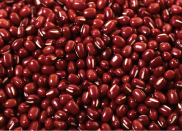
Hokkaido accounts for over 80% of Japan’s production of these small red beans, which are an indispensable ingredient in traditional Japanese sweets. Known for quality, Hokkaido-grown adzuki are an excellent choice for anko (red bean paste), sophisticated sweets, or amanatto (sugared beans).
- Navy Beans
-
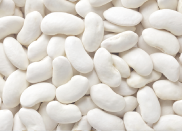
Hokkaido accounts for over 90% of the nation’s production of these beans, which are the key ingredient of shiroan (white bean paste). In the past, they were mostly cultivated in southern and central Hokkaido, but recently great amounts are produced in eastern Hokkaido and the Tokachi Plains.
- Milk
-
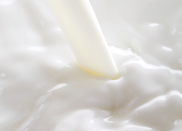
Thanks to extremely thorough hygiene standards, Hokkaido milk is known throughout Japan and around the globe for its top-level quality. Dairy products such as cream, butter, and cheese are particularly indispensable in western-style sweets.
- Mochi Rice (Glutinous Rice)
-
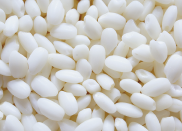
Glutinous rice is used to make ricecakes that are often eaten in Japan at New Year and the like. Some of Japan's best glutinous rice is produced in Hokkaido.Even among all of the rice-producing regions of Japan, Hokkaido regularly takes the top one or two places in mochi rice production. Due to Hokkaido’s unique climate, the starch structure of Hokkaido-grown mochi rice differs from mochi rice produced in other regions of Japan. Cakes made from Hokkaido mochi rice remain soft even when cooled.
- Sugar
-
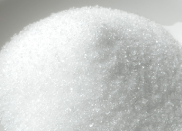
Sugar is produced from sugar beets or sugarcane, with 80% of Japan’s sugar produced from sugar beets. One of Hokkaido’s most familiar crops, these sugar beets are also affectionately known as “sugar daikon”.
- Wheat Flour
-
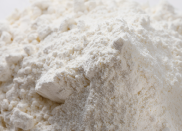
Japan only produces about 10% of the wheat it consumes, largely relying on imported wheat. Hokkaido’s wheatfields account for 60% of the country’s production. There are a number of varieties of Hokkaido wheat, each suited for different culinary purposes.